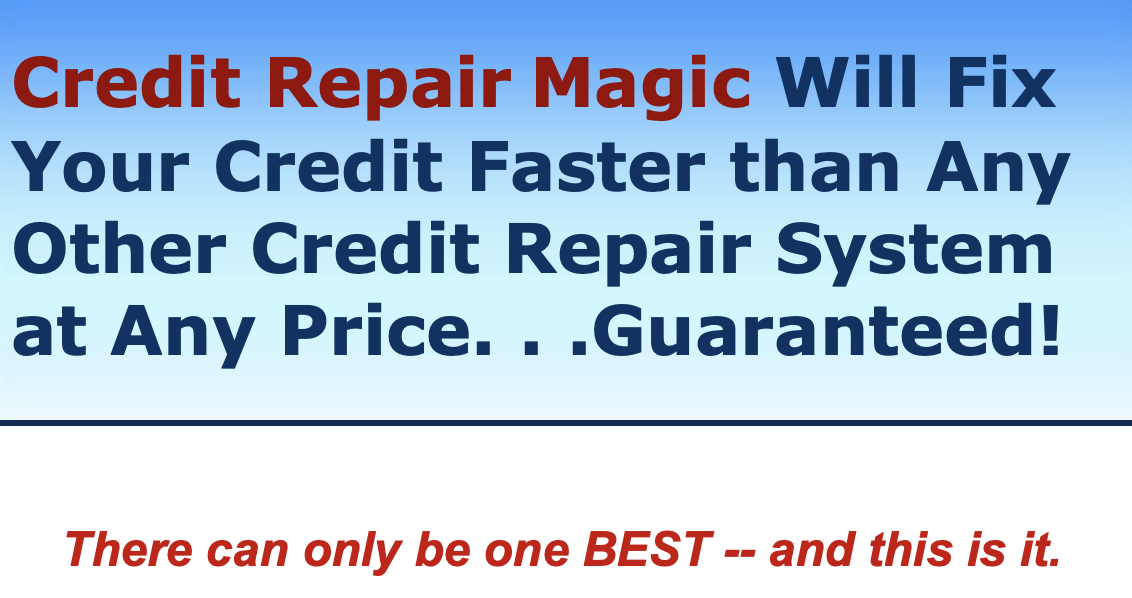Velocity Banking: Paying Credit Cards with Credit – A Financial Strategy Worth Exploring. In the world of personal finance, people are constantly seeking innovative strategies to manage their debts and accelerate their journey towards financial freedom.
One such strategy that has gained attention in recent years is “Velocity Banking,” a technique that involves paying off credit card debt with credit lines or loans.
 While this approach may seem counterintuitive at first glance, when executed correctly, it can help individuals save money on interest payments and pay off their debts more quickly. In this article, we’ll delve into the concept of velocity banking, explore its benefits and potential pitfalls, and discuss whether it’s a strategy worth considering.
While this approach may seem counterintuitive at first glance, when executed correctly, it can help individuals save money on interest payments and pay off their debts more quickly. In this article, we’ll delve into the concept of velocity banking, explore its benefits and potential pitfalls, and discuss whether it’s a strategy worth considering.
Understanding velocity banking
Velocity Banking is a financial strategy that involves leveraging lines of credit or personal loans to pay off high-interest credit card debt more efficiently.
The fundamental principle behind velocity banking is to transfer high-interest debt onto lower-interest credit lines or loans. By doing this, individuals can reduce the overall interest they pay and accelerate their debt repayment.
The Process:
- Identify High-Interest Debt: The first step in velocity banking is to identify high-interest debt, typically credit card balances, that you want to pay off.
- Secure a Lower-Interest Credit Line or Loan: Next, you’ll need to secure a credit line or personal loan with a lower interest rate than your credit card(s). This could be a home equity line of credit (HELOC), a personal loan, or a 0% APR balance transfer credit card.
- Transfer the Debt: Once you have the lower-interest credit line or loan in place, transfer the high-interest credit card debt onto it. This consolidates your debt into a single, more manageable payment.
- Pay Down the Debt Aggressively: With the lower interest rate, you can now focus on paying down the debt more aggressively. This involves making larger payments than your minimum obligations, directing your extra funds towards the principal balance.
- Repeat the Process: As you pay down the debt on the lower-interest credit line, you can repeat the process, transferring any remaining high-interest balances until you are debt-free.
Also Read:
Velocity Banking: Using Credit Cards to Pay Debt
Credit cards without Annual Fees for Couples
Cash Back Credit Cards for Married Couples: Maximizing Rewards and Savings
Credit cards without Annual Fees for Couples
Benefits of velocity banking
- Interest Savings: The primary advantage of velocity banking is the significant reduction in interest expenses. Lowering the interest rate on your debt can save you a substantial amount of money over time.
- Faster Debt Repayment: By making larger payments towards the principal balance, you can pay off your debt more quickly. This can help you achieve financial freedom sooner.
- Simplicity: Consolidating multiple credit card payments into a single, more manageable payment can simplify your financial life and reduce the risk of missed payments.
- Credit Score Improvement: When you reduce your credit card balances, you can improve your credit utilization ratio, which can positively impact your credit score.
 Potential Pitfalls of Paying Credit Cards with Credit
Potential Pitfalls of Paying Credit Cards with Credit
While velocity banking can be an effective strategy, it’s not without its risks and potential downsides:
- Discipline Required: This strategy requires discipline and commitment. It’s essential to avoid accumulating new credit card debt after transferring balances.
- Risk of High-Interest Credit Lines: If you’re unable to secure a lower-interest credit line or loan, velocity banking may not be a viable option.
- Fees and Closing Costs: Some credit lines or loans may come with fees and closing costs, which can offset the interest savings.
- Market Fluctuations: If you use a variable-rate credit line like a HELOC, changes in interest rates could impact your monthly payments.
How to Secure a Lower-Interest Credit Line or Loan
Securing a lower-interest credit line or loan is a critical step in implementing the velocity banking strategy or improving your overall financial situation. Here are some steps to help you secure a lower-interest credit line or loan:
Check Your Credit Score:
-
- Start by checking your credit score and reviewing your credit report. Lenders use your credit score to assess your creditworthiness. A higher credit score typically qualifies you for lower interest rates.
Improve Your Credit Score (If Necessary):
-
- If your credit score is less than ideal, take steps to improve it. This may include paying down existing debts, correcting errors on your credit report, and consistently paying bills on time.
Research Lenders and Loan Types:
-
- Research different lenders and loan types to find the best fit for your needs. Some common options include:
- Personal Loans: These unsecured loans can be used for various purposes and may offer fixed interest rates.
- Home Equity Line of Credit (HELOC): If you own a home, a HELOC allows you to borrow against the equity in your property. Interest rates are typically lower than credit cards.
- Balance Transfer Credit Cards: Some credit cards offer 0% APR promotional periods for balance transfers. These can be a great option if you can pay off the debt during the promotional period.
- Debt Consolidation Loans: These loans are specifically designed to consolidate high-interest debts into a single, lower-interest loan.
- Research different lenders and loan types to find the best fit for your needs. Some common options include:
Compare Interest Rates and Terms:
-
- Once you’ve identified potential lenders and loan types, compare interest rates, fees, and terms. Pay attention to the Annual Percentage Rate (APR), which reflects the total cost of borrowing.
Prepare Your Documentation:
-
- Lenders will require documentation to assess your eligibility. Commonly requested documents include proof of income, employment history, bank statements, and personal identification.
Apply for the Loan to Paying Credit Cards with Credit
-
- Submit loan applications to the lenders you’ve chosen. Be prepared to provide accurate and complete information.
Negotiate, if Possible:
-
- If you receive offers with less favorable terms than you were hoping for, don’t be afraid to negotiate with the lender. They may be willing to adjust the terms to secure your business.
Understand the Terms and Conditions:
-
- Carefully review the terms and conditions of the loan or credit line. Understand any fees, repayment terms, and consequences of late payments.
Choose the Best Option:
-
- Select the loan or credit line that best suits your needs and financial goals. Consider factors like interest rate, repayment timeline, and any potential collateral requirements.
Complete the Application Process:
-
- If your application is approved, follow through with the lender’s requirements to complete the application process. This may include signing agreements, providing additional documentation, or meeting other conditions.
Transfer High-Interest Debt:
-
- If your goal is to use the credit line or loan for velocity banking, transfer your high-interest credit card debt to the new lower-interest account as soon as possible.
Execute Your Debt Paydown Plan:
-
- Once you’ve secured the lower-interest credit line or loan, commit to your debt paydown plan. Make consistent payments, focusing on reducing the principal balance to accelerate debt repayment.
Remember that securing a lower-interest credit line or loan may require time and effort, especially if you need to improve your credit score. It’s essential to be patient, persistent, and financially responsible throughout the process.
Conclusion: Paying Credit Cards with Credit
Velocity Banking is a financial strategy that, when executed thoughtfully and diligently, can help individuals pay off high-interest debt more efficiently and achieve financial goals faster. It is not a one-size-fits-all solution and requires careful consideration of your financial situation, creditworthiness, and discipline.
Before embarking on velocity banking, it’s crucial to do your research, compare interest rates and fees, and have a clear plan for debt repayment. Additionally, consult with a financial advisor to ensure that this strategy aligns with your long-term financial objectives.
In summary, velocity banking is a creative approach to managing debt that can yield substantial benefits, but it should be undertaken with caution and a full understanding of the potential risks and rewards.
